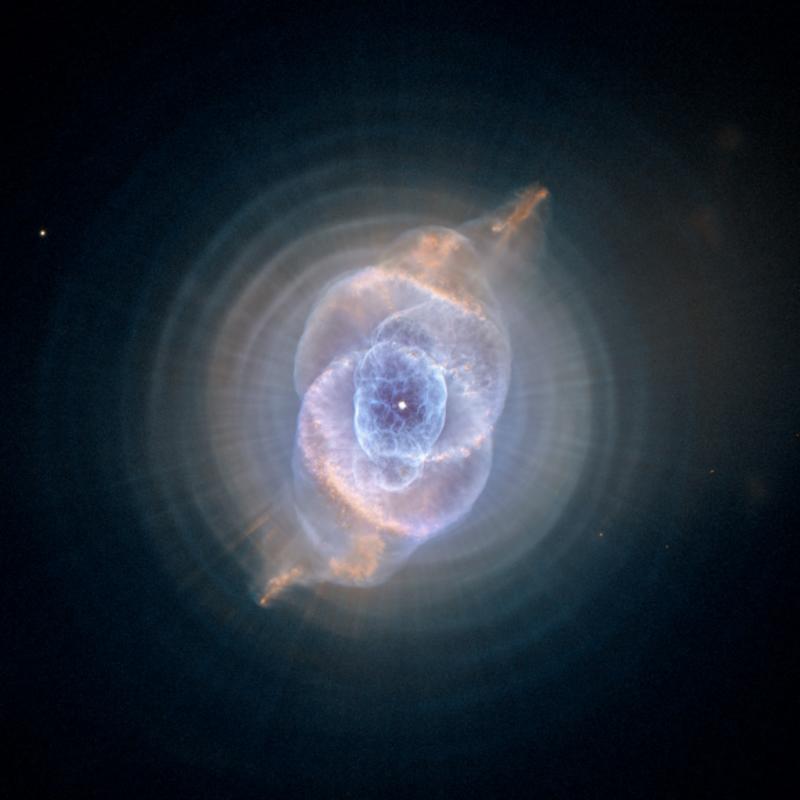Large Hadron Collider – Curious Logic
By Reynolds WilliamI couldn’t help but pay attention to all the hullaballoo surrounding the inaugural firing up of the Overlord of Disaster, the Proton Punisher, the Gaping Black Maw of the Apocolypse….the one…the only… LAAAAAAAARRRRRRGGGGEEEEEEE HADRON COLLIDER! The time signature of this humble entry may be adduced as proof the world most certainly has not been swallowed up Jonah-style by black holes unleashed by LHC. Having sufficiently quelled my nerves with mint herbal tea and a hearty helpin’ of “One Day At A Time” episodes from season 1, I feel confident in my ability to maintain my composure long enough to ignore my Schopehauer series for one more week. That is unless Julie runs away again with that van-driving, Meatloaf-looking lout of a boyfriend. She’s got to start living smarter not harder!
Scientists typically don’t like philosophers. Anyone who thinks otherwise need only visit a few science forums to get a sense of the disdain to which philosophy is subjected. Personally, I think the bad blood first spilled when Hume suggested that what we know to be causes and effects are merely perceptive habits and rituals. Regardless, I’ll speak my peace. As I continue to follow the events unfolding in Switzerland, a couple of practical and timely concerns have come to the fore:
1) The Big Bang has fundamental problems stemming from a litany of ad hoc hypotheses and departures from observational data. Should an experimental environment as important and costly as the LHC be hinged on the assumption the Big Bang correctly describes our universe? Is referring to the Big Bang as “the best model we have so far” sufficient reason to devise an experiment to explore the validity and limitations of the Standard Model? If the Big Bang is the best model we have at the moment, then we probably should change statements like “WHEN the Big Bang occurred” to “IF the Big Bang occurred”.
2) In light of concern 1, is moving forward and assuming the validity of the Big Bang despite its evidentiary flaws indicative of a greater problem plaguing science, namely too great a reliance on inductive methods of research. The LHC seems to be more a product of “If a theory is broke, we can build an experiment to fix it.” which the philosopher in me recognizes as an inductive process and a product of curious logic.
When the Bush administration started handing out non-compete contracts to the likes of Halliburton and KBR, my first thought was “Really? Aren’t we going to get ripped off?” Now I see an impressive, multi-billion dollar experiment moving forward on an assumption that doesn’t possess the criteria necessary for generating a consensus. Aren’t we going to get ripped off, cosmologically speaking?
